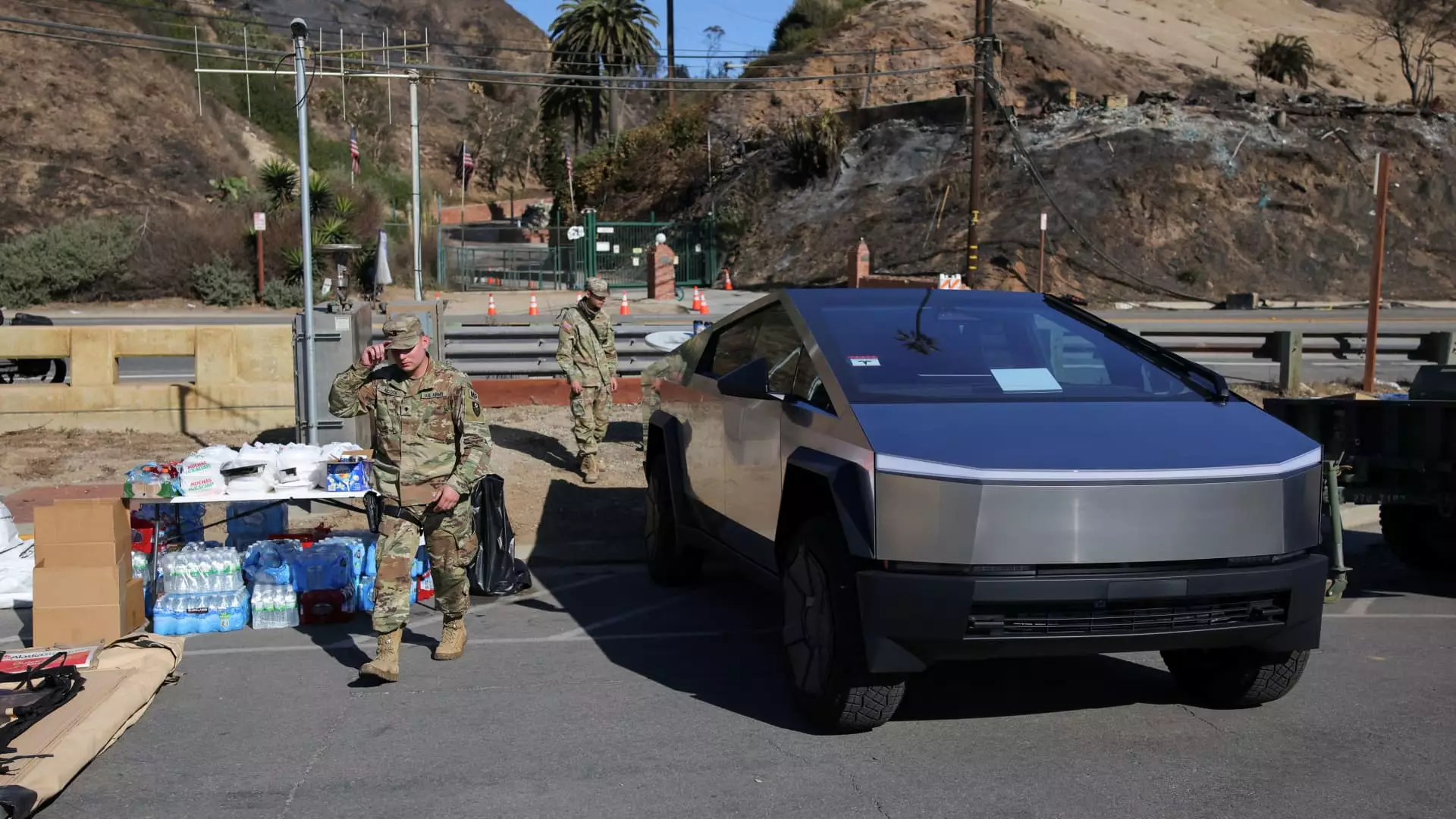In a strategic move that reflects the current dynamics of the automotive market, Tesla has recently begun offering discounts on its Cybertruck inventory. Discounts can be as high as $1,600 for new vehicles and up to approximately $2,600 for demonstration models. This shift coincides with reports indicating that the production of the Cybertruck—a vehicle characterized by its unconventional angular design and unpainted steel exterior—has experienced a slowdown at the Austin, Texas factory. Such discounts suggest that Tesla is grappling with inventory management and production efficiency, especially as deliveries commenced in 2023, following a prolonged anticipation that began with the vehicle’s unveiling by CEO Elon Musk in 2019.
Initially projected to cost around $40,000, the Cybertruck’s actual base price in the U.S. is nearing $80,000 for the 2024 model year. This substantial difference between projected and actual pricing could alienate potential buyers, especially those enamored by the vehicle’s unique design who may be deterred by its premium cost. Although the Cybertruck has succeeded in outselling models like the Ford Lightning F-150 in 2023, various issues have hampered its market performance. From repeated recalls—such as the sixth recall initiated just last November for defective drive inverters—to production struggles, consumer confidence appears to be wavering.
Despite the Cybertruck’s notable initial interest, its sales did not escape the broader trend affecting Tesla’s overall vehicle deliveries. In 2024, the company saw a slight decline in sales year-over-year, a striking contrast to the record demand for electric vehicles (EVs) globally. While market competition intensified with an influx of models from various automakers, Tesla’s market share faced erosion. Data suggests that EV sales in the U.S. reached approximately 1.3 million in 2024—an increase of 7.3% from the previous year—yet Tesla’s vehicle sales dropped by around 37,000 units. Notably, the Model Y and Model 3 continue to dominate the best-seller lists, hinting that consumers may be favoring these older, more affordable models over the Cybertruck.
In recent communications, Musk expressed his apologies to California customers awaiting their Cybertruck deliveries, attributing the delays to the need for these vehicles to serve critical roles in response to natural disasters. Musk noted that the Cybertrucks are being repurposed as mobile base stations to provide vital internet connectivity to areas affected by wildfires in Los Angeles. This scenario underscores the dual role of the Cybertruck: while it symbolizes cutting-edge automotive engineering, it also reflects Tesla’s commitment to leveraging its technology for community support in times of crisis.
While the Cybertruck offers groundbreaking innovation in design and function, it encounters substantial challenges in pricing, production efficiency, and market competition. As Tesla navigates these hurdles, the future of the Cybertruck will depend on its ability to maintain consumer interest and adapt to the evolving landscape of electric vehicle sales.



Leave a Reply